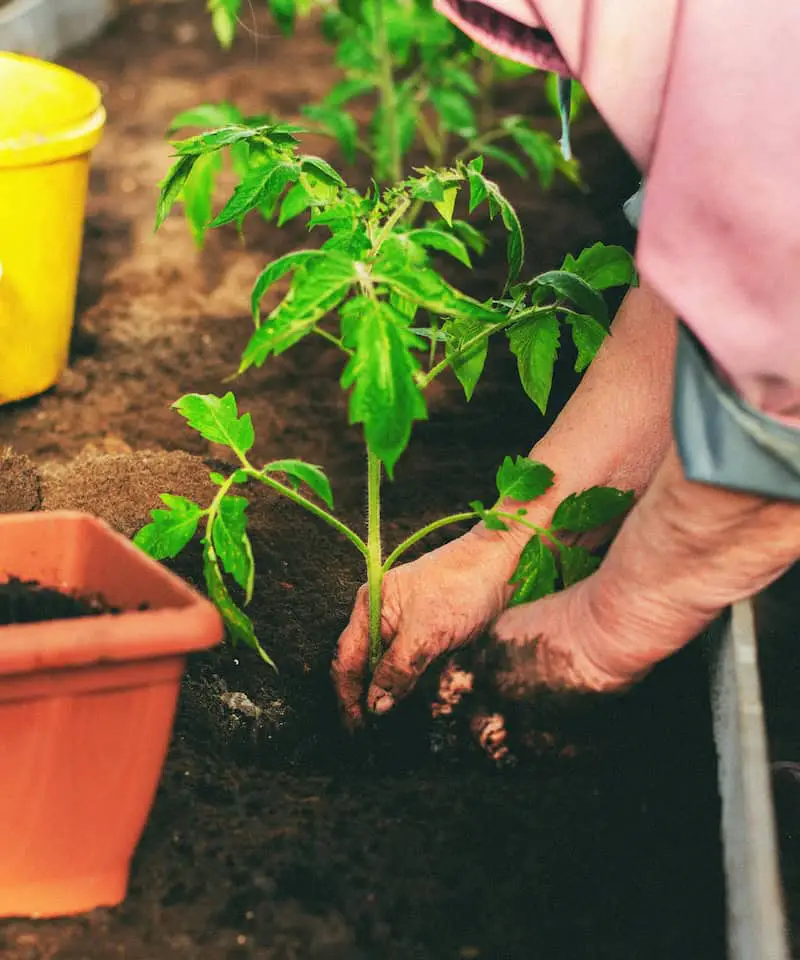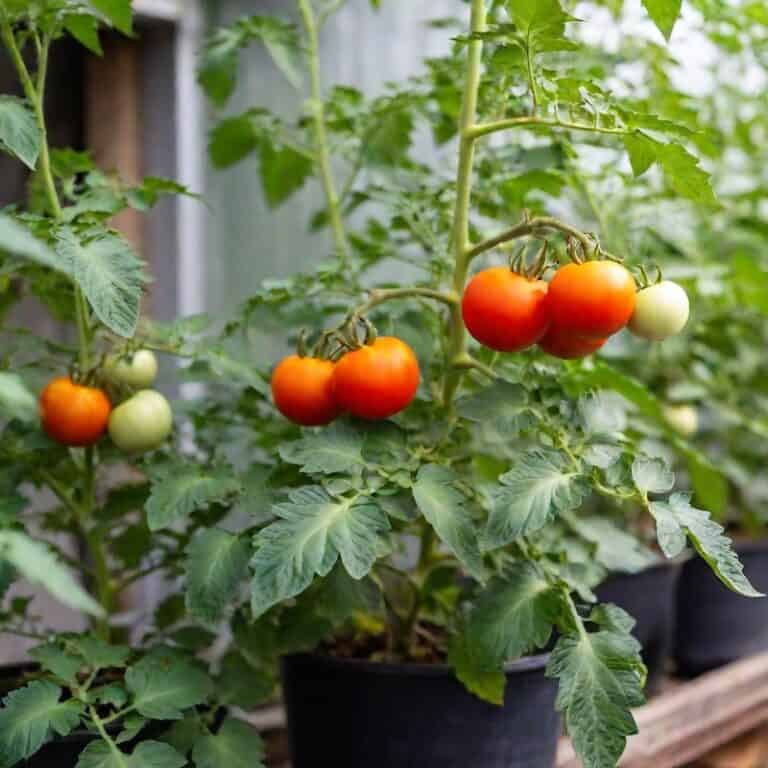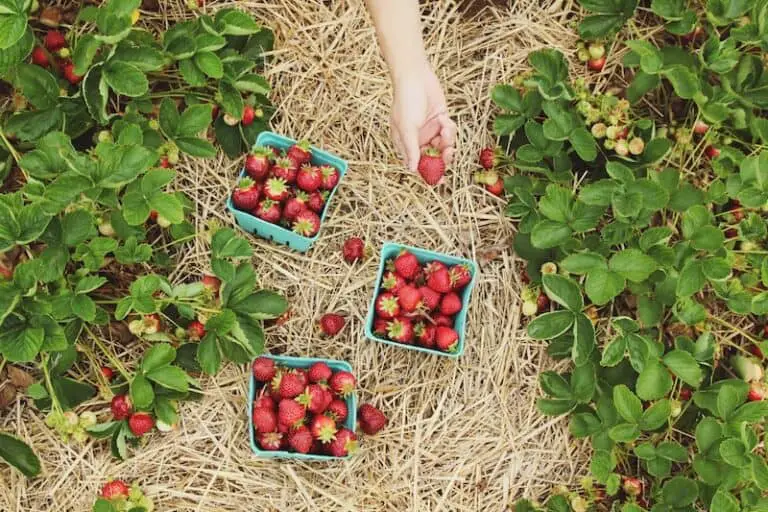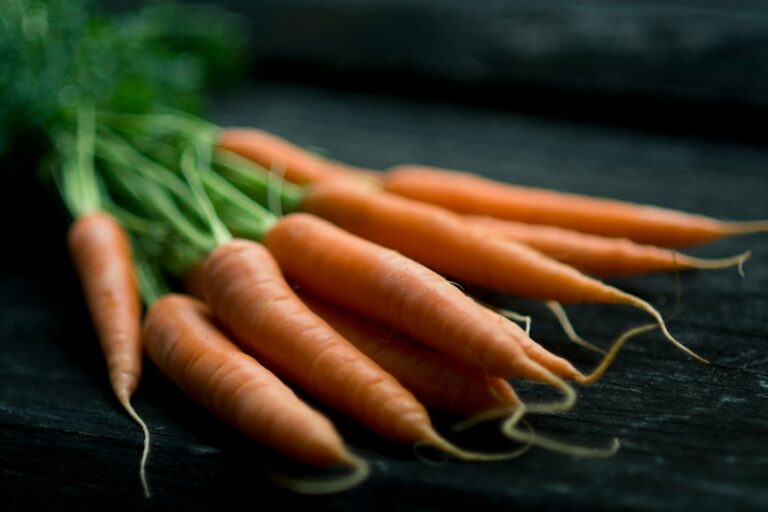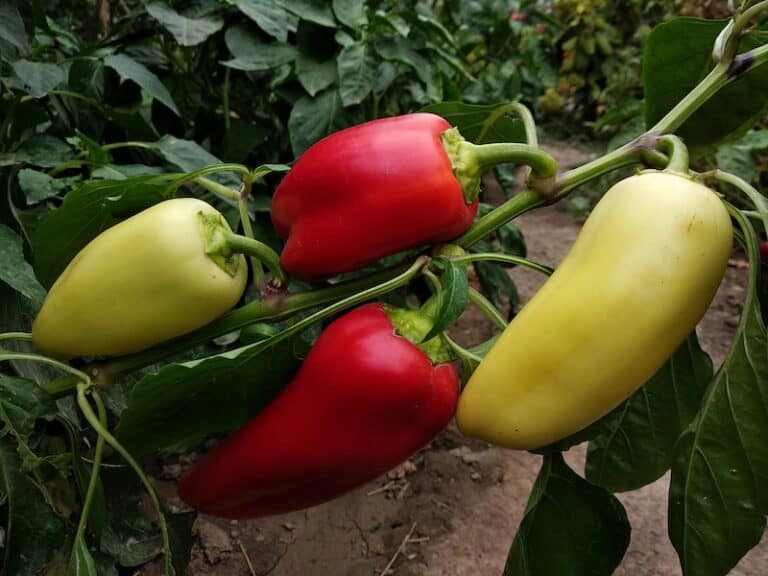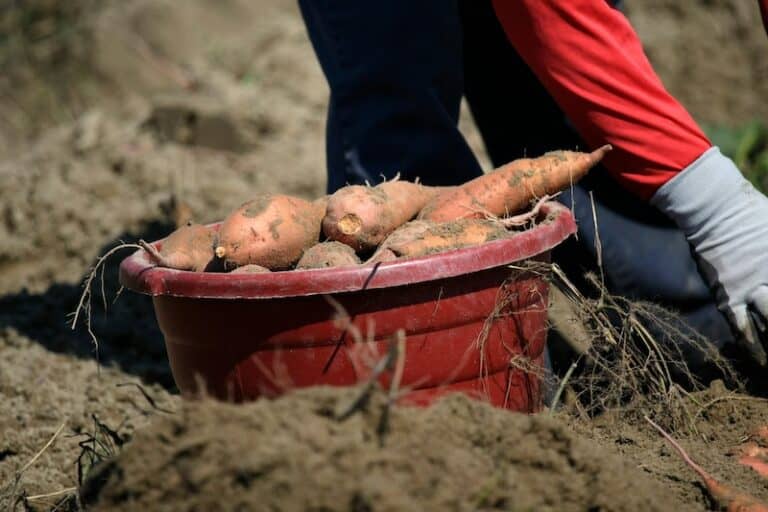12 Expert Secrets for Growing Tomatoes in Containers
Growing tomatoes in containers is a great way to enjoy fresh, home-grown produce, even if you have limited space. Whether you have a small backyard, a balcony, or a sunny window, you can cultivate healthy, productive tomato plants. Here are 12 secrets to help you successfully grow tomatoes in containers.
1. Choose the Right Variety
Selecting the appropriate tomato variety is crucial for container gardening. Determinate varieties, also known as bush tomatoes, are ideal because they grow to a certain size and produce fruit all at once, making them more manageable in a confined space. Indeterminate varieties, which continue to grow and produce fruit throughout the season, can also be grown in containers but will require more pruning and support. Cherry and dwarf varieties are particularly suited for containers due to their compact growth habits and abundant fruit production.
2. Use the Right Container
The size and type of container you choose can significantly impact your tomato plant’s health and productivity. A container should be at least 18 inches in diameter and 18-24 inches deep to provide enough space for the roots to grow. Containers can be made of plastic, ceramic, or fabric, but they must have drainage holes to prevent waterlogging. Larger containers retain moisture better and provide stability for the plant. Self-watering containers are also an excellent option, ensuring consistent moisture levels.
3. High-Quality Potting Mix
Tomatoes thrive in well-draining, nutrient-rich soil. Avoid using garden soil in containers as it tends to compact and drain poorly. Instead, use a high-quality potting mix specifically formulated for container gardening. This mix should be light, airy, and able to retain moisture while providing good drainage. Adding compost or well-rotted manure can improve soil fertility and structure. Additionally, mixing in perlite or vermiculite can enhance aeration and drainage.
4. Provide Adequate Sunlight
Tomatoes require at least 6-8 hours of direct sunlight daily to produce abundant, flavorful fruit. Place your containers in the sunniest spot available, whether it’s a south-facing balcony, patio, or window. If natural light is limited, consider using grow lights to supplement sunlight. Rotate the containers periodically to ensure all parts of the plant receive adequate light. Proper sunlight not only boosts fruit production but also helps prevent fungal diseases by keeping the foliage dry.
5. Regular Watering
Consistent watering is vital for tomato plants, especially in containers where the soil dries out faster than in the ground. Water the plants deeply, ensuring the moisture reaches the root zone. During hot weather, you may need to water daily or even twice a day. However, avoid overwatering, as soggy soil can lead to root rot and other issues. A good rule of thumb is to water when the top inch of soil feels dry. Mulching the soil surface can help retain moisture and reduce evaporation.
6. Feeding and Fertilizing
Tomato plants are heavy feeders and require regular fertilization to produce healthy fruit. Use a balanced, water-soluble fertilizer every 2-3 weeks throughout the growing season. Alternatively, you can use slow-release granules at planting time and supplement with a liquid fertilizer as needed. Organic options like fish emulsion, seaweed extract, and compost tea are also excellent choices. Be cautious not to over-fertilize, as excessive nitrogen can lead to lush foliage with fewer fruits.
7. Support and Pruning
Supporting your tomato plants is essential to keep them upright and prevent the stems from breaking under the weight of the fruit. Use stakes, cages, or trellises to provide the necessary support. Pruning is also important, especially for indeterminate varieties. Remove the suckers (side shoots) that develop in the leaf axils to direct the plant’s energy towards fruit production. Pruning also improves air circulation and reduces the risk of diseases.
8. Pest and Disease Management
Container-grown tomatoes are not immune to pests and diseases. Common issues include aphids, whiteflies, spider mites, and tomato hornworms. Regularly inspect your plants and use organic pest control methods, such as neem oil, insecticidal soap, or introducing beneficial insects like ladybugs. To prevent diseases, avoid overhead watering and ensure good air circulation around the plants. Remove any yellowing or diseased leaves promptly and dispose of them properly.
9. Pollination
While many tomato varieties are self-pollinating, providing a little help can increase fruit set. Gently shake the plants or tap the stems to encourage pollen transfer. If you are growing tomatoes indoors or in an area with limited bee activity, consider hand-pollinating using a small paintbrush to transfer pollen from flower to flower. Ensuring adequate pollination leads to better fruit development and higher yields.
10. Temperature Control
Tomatoes thrive in warm temperatures but can suffer in extreme heat or cold. Ideal daytime temperatures range from 70-85°F (21-29°C), while nighttime temperatures should be between 55-70°F (13-21°C). If temperatures are expected to drop below 50°F (10°C), bring the containers indoors or cover the plants with a frost cloth. During hot spells, provide shade or move the containers to a cooler location to prevent heat stress and blossom drop.
11. Rotation and Resting
To avoid soil-borne diseases and nutrient depletion, practice crop rotation by changing the location of your tomato plants each season. If growing in the same container year after year, replace the soil or allow it to rest by planting a different crop, such as leafy greens or legumes, which can replenish the soil. This rotation helps maintain soil health and reduces the risk of disease buildup.
12. Harvesting and Storing
Harvest your tomatoes when they are fully ripe for the best flavor. This usually occurs when the fruit is evenly colored and slightly soft to the touch. Use scissors or garden shears to avoid damaging the plant. Store ripe tomatoes at room temperature, away from direct sunlight, and consume them within a few days for optimal taste. If you have an abundant harvest, consider canning, freezing, or drying the tomatoes to enjoy them year-round.
Growing tomatoes in containers can be a rewarding experience with the right approach. By following these 12 secrets, you can ensure your tomato plants remain healthy and productive, providing you with delicious home-grown tomatoes all season long.

